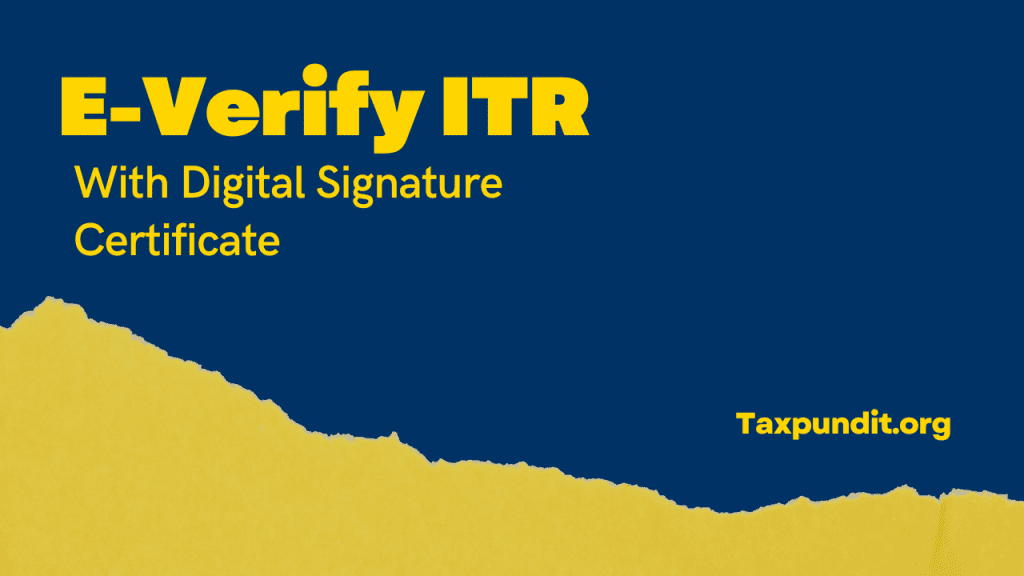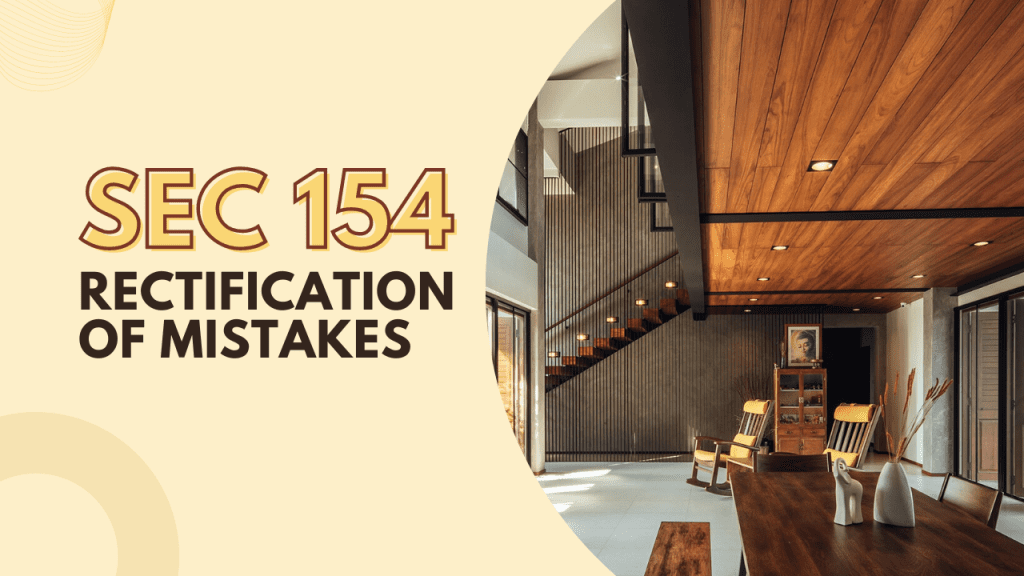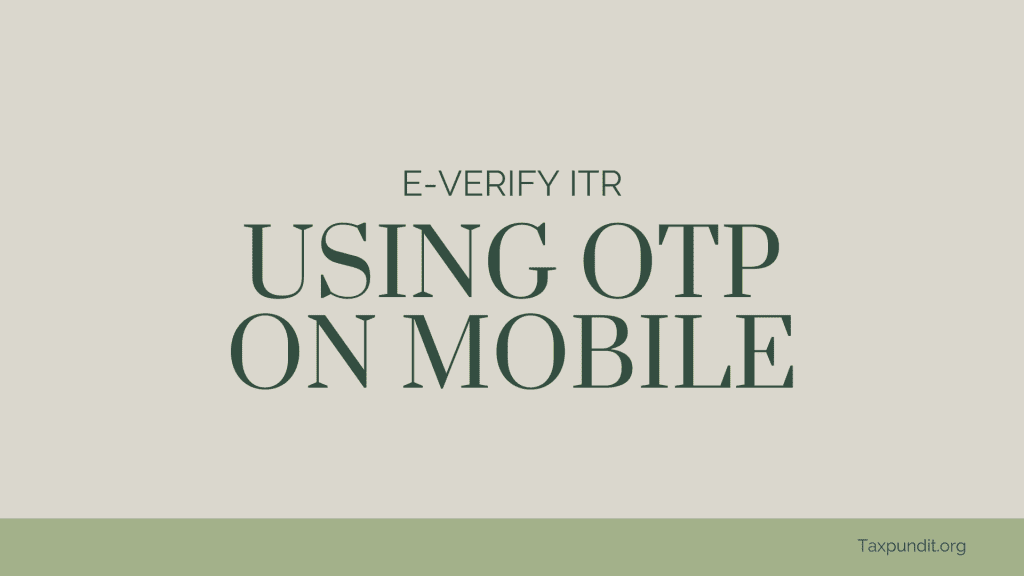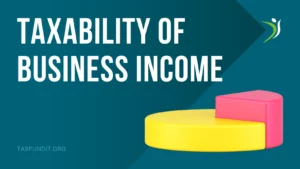Cost of acquisition, as defined in Section 55(2) of the Income Tax Act, 1961, refers to the cost incurred by an individual or entity in acquiring an asset. This cost includes the purchase price, as well as any expenses incurred in connection with the acquisition of the asset, such as stamp duty and registration fees. This is used to determine the capital gains or loss on the sale of the asset, as the difference between the sale price and the cost of acquisition is considered to be the capital gain or loss.
A person becomes the owner of a capital asset not only by purchase but also by several other methods. Section 49 gives guidelines as to how to compute the cost under different circumstances.
According to Section 49, if an asset is transferred between specified relatives, or if it is transferred as a result of a partition of a Hindu undivided family, or if it is transferred as a result of a merger or demerger of a company the cost of acquisition of the asset will be taken as the cost of the original asset, and the period of holding will be taken as the period of holding of the original asset.
Cost to Previous Owner Deemed as Cost of Acquisition of Asset
In the following cases, the cost of acquisition of the asset shall be deemed to be cost for which the previous owner of the property acquired it. To this cost,
the cost of improvement to the asset incurred by the previous owner or the
assessee must be added:
Where the capital asset became the property of the assessee:
(i) on any distribution of assets on the total or partition of a HUF;
(ii) under a gift or will;
(iii) by succession, inheritance or devolution;
(iv) on any distribution of assets on the liquidation of a company;
(v) under a transfer to revocable or an irrevocable trust;
(vi) under any transfer of capital asset by a holding company to its wholly owned subsidiary Indian company or by a subsidiary company to its 100% holding Indian company, referred to in section 47(iv) and 47(v) respectively;
(vii) under any transfer referred to in section 47(vi) of a capital asset by amalgamating company to the amalgamated Indian company, in a scheme of amalgamation;
(viii) under any transfer referred to in section 47(vib), of a capital asset by the demerged company to the resulting Indian company, in a scheme of demerger;
(ix) by conversion by an individual of his separate property into a HUF property, by the mode referred to in section 64(2).
Accordingly, section 2(42A) provides that in all such cases, for determining the period for which the capital asset is held by the transferee, the period of holding of the asset by the previous owner shall also be considered.
Cost of Acquisition of Shares received under the Scheme of Amalgamation
Where shares in an amalgamated company which is an Indian company become the property of the assessee in consideration of the transfer of shares referred to in section 47(vii) held by him in the amalgamating company under a scheme of amalgamation, the cost of acquisition to him of the shares in the amalgamated company shall be taken as the cost of acquisition of the shares in the amalgamating company [Section 49(2)].
Cost of Acquisition of Shares Received during the Process of Conversion of Bonds or Debentures, Debenture Stock or Deposit Certificates
It is possible that a person might have become the owner of shares or debentures in a company during the process of conversion of bonds or debentures, debenture stock or deposit certificates referred under section 47(x).
In such a case, the cost of acquisition to the person shall be deemed to be that part of the cost of debentures, debenture stock, bond or deposit certificate in relation to which such asset is acquired by that person [Section 49(2A)].
Cost of Acquisition of Specified Security or Sweat Equity Shares
Where the capital gain arises from the transfer of specified security or sweat equity shares referred to in section 17(2)(vi), the cost of acquisition of such security or shares shall be the fair market value which has been taken into account for perquisite valuation [Section 49(2AA)].
Cost of Acquisition of Equity Shares Received at the Time of Conversion of Preference Shares
Cost of acquisition of the equity share of a company, which became the property of the assessee in consideration of transfer referred to in section 47(xb), shall be deemed to be that part of the cost of the preference share in relation to which such asset is acquired by the assessee [Section 49(2AE)].
Cost of Acquisition of Shares Received in the Resulting Company, in the Scheme of Demerger
In the case of a demerger, the cost of acquisition of the shares in the resulting company shall be the amount which bears to the cost of acquisition of shares held by the assessee in the demerged company the same proportion as the net book value of the assets transferred in a demerger bears to the net worth of the demerged company immediately before such demerger [Section 49(2C)].
Cost of Acquisition of the Shares Held in the Demerged Company
The cost of acquisition of the original shares held by the shareholder in the demerged company shall be deemed to have been reduced by the amount as so arrived under the sub-section (2C) [Section 49(2D)].
Cost of Acquisition of Property Subject to Tax under Section 56(2)(x)
Where the capital gain arises from the transfer of such property which has been subject to tax under section 56(2)(x), the cost of acquisition of the property shall be deemed to be the value taken into account for the purposes of section 56(2)(x) [Section 49(4)].
Cost of Acquisition of Capital Asset, being Share in the Project referred under section 45(5A)
Where the capital gain arises from the transfer of a capital asset, being share in the project, in the form of land or building or both, referred to in section 45(5A)which is chargeable to tax in the previous year in which the completion of certificate for the whole or part of the project is issued by the competent authority), the cost of acquisition of such asset, shall be the amount which is deemed as full value of consideration in that sub-section i.e., stamp duty value on the date of issue of certificate of completion plus cash consideration.
Cost of Acquisition of a Capital Asset which was used by the Assessee as an Inventory
Where the capital gain arises from the transfer of a capital asset which was used by the assessee as inventory earlier before its conversion into capital asset, the cost of acquisition of such capital asset shall be deemed to be the fair market value of the inventory as on the date on such conversion determined in the prescribed manner [Section 49(9)].
Frequently Asked Question (FAQ)
Cost of acquisition of an asset is the amount for which it was originally acquired by the assessee. It includes expenses of capital nature incurred in connection with such purchase or for completing the title of the property.
When you enter into an agreement for purchase of an immovable property, you also agree to pay the stamp duty, registration fee and transfer fees. These certainly form part of the cost of acquisition.
It is calculated by multiplying the property’s purchase price by the Cost inflation index of the year the property was sold and then divided by the cost inflation index of the purchase year of the property.
Formula for computing indexed cost is (Index for the year of sale/ Index in the year of acquisition) x cost.
Watch our Video on How to Calculate Capital Gain Tax on Sale of Inherited Property
About Taxpundit Team
Our team consists of highly qualified, experienced and knowledgeable industry professionals that are passionate and dedicated to our clients. We provide the best possible service to our clients in a timely and effective manner, whilst always adhering to the highest levels of quality.











